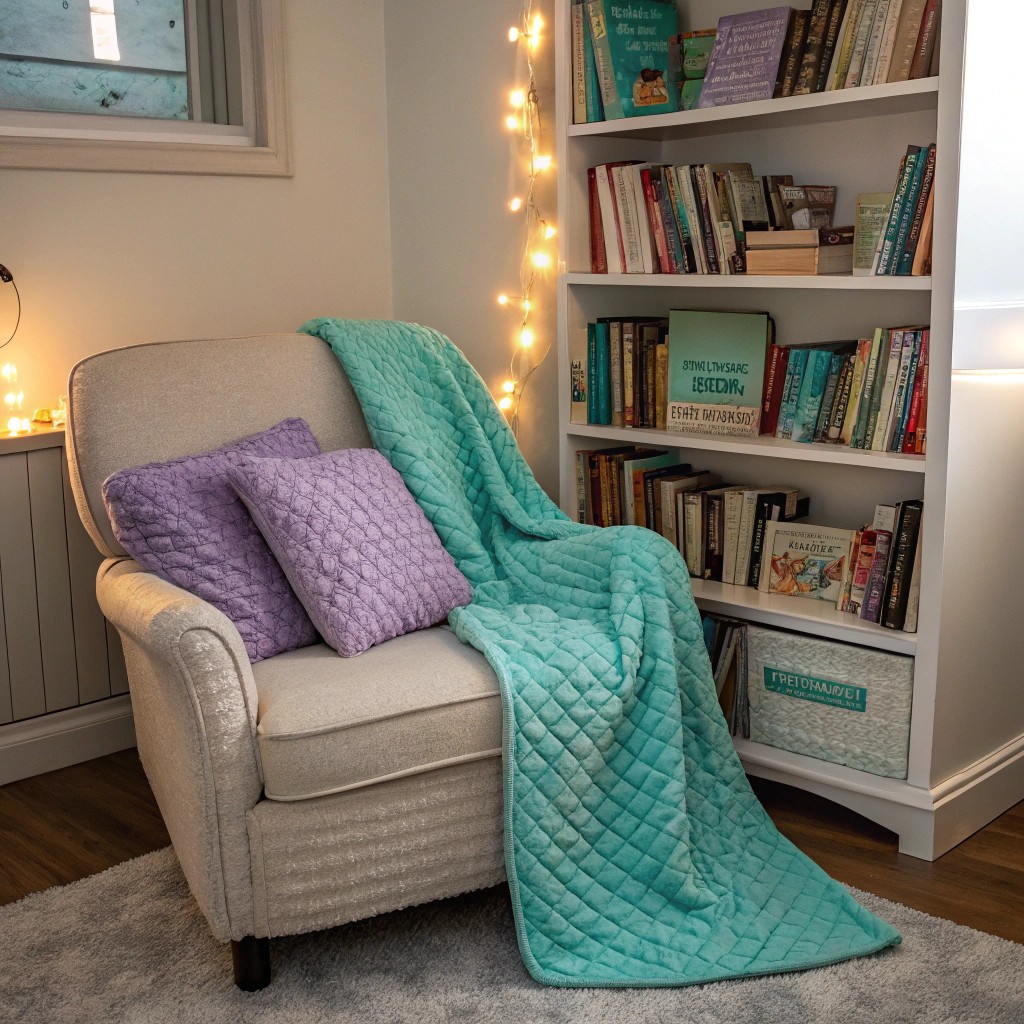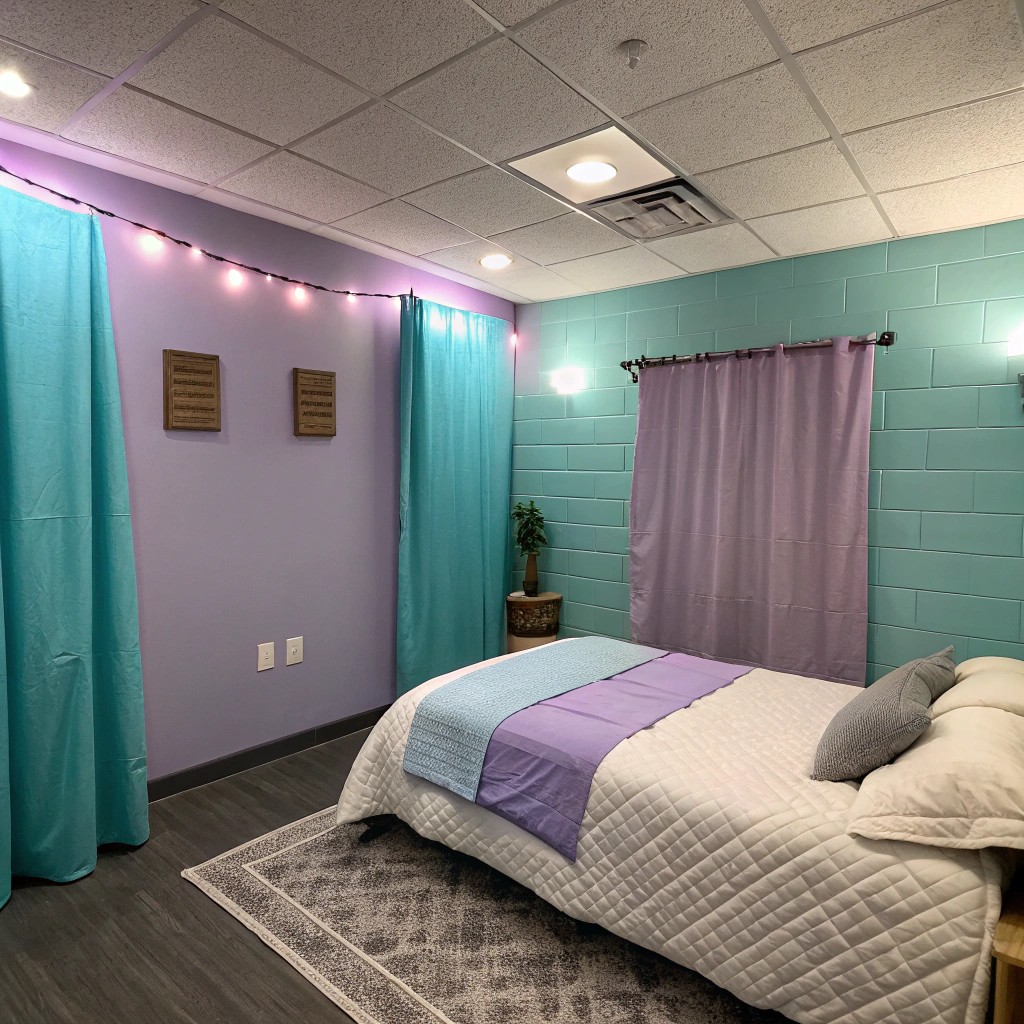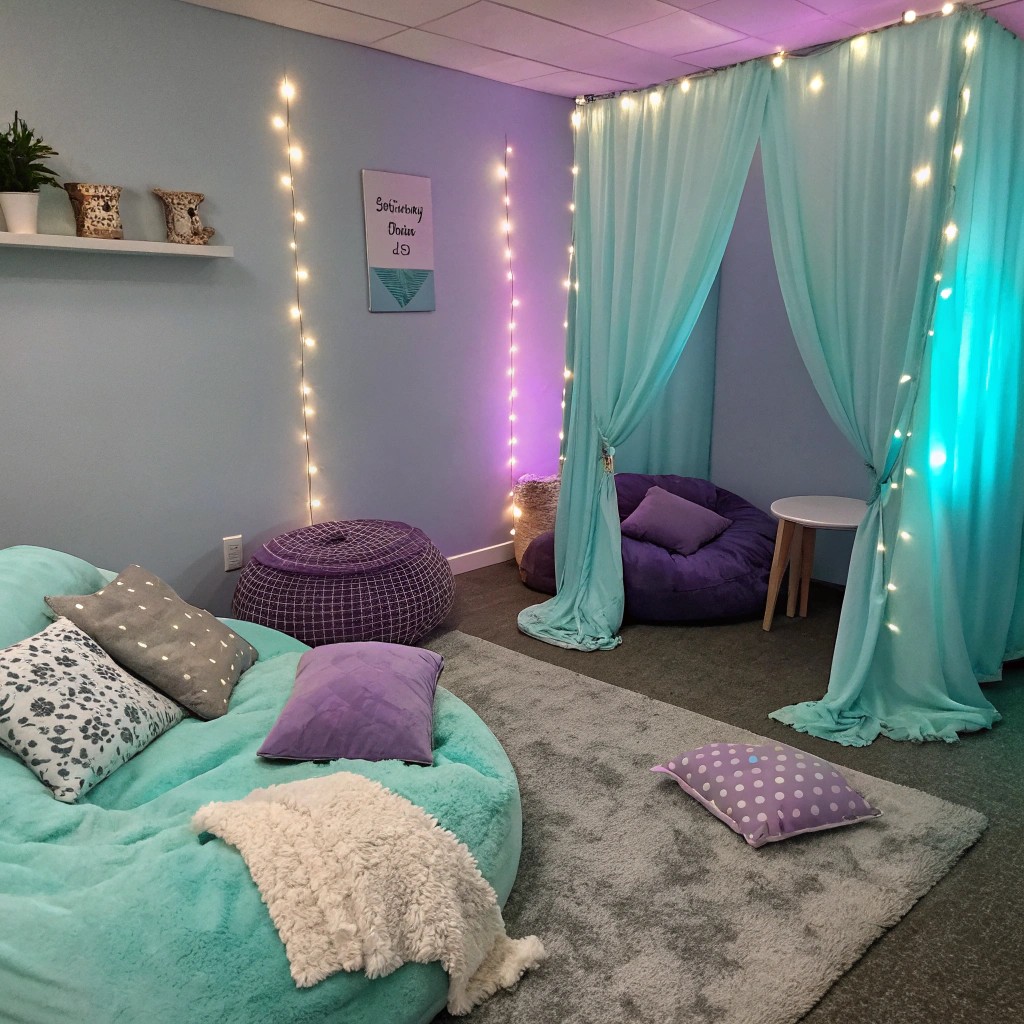Creating a Sensory Safe Space: Tips for Designing Your Calming Oasis
In our increasingly stimulating world, having a dedicated space where you can retreat, regulate, and recharge is essential—especially for those with sensory processing differences.
A sensory safe space provides a controlled environment where you can manage sensory input and find calm during overwhelming moments.

Why Create a Sensory Safe Space?
A thoughtfully designed sensory space can:
- Provide relief during sensory overload
- Offer a predictable environment for sensory regulation
- Create opportunities for sensory exploration in a safe setting
- Support emotional regulation and stress management
- Improve focus, sleep, and overall wellbeing
Whether you're creating a space for yourself, a child, or a family member, the principles remain similar:
Design with sensory needs in mind and create an environment that promotes calm and comfort.
Planning Your Sensory Space
Step 1: Identify Sensory Needs and Preferences
Before purchasing any items or rearranging furniture, take time to consider the specific sensory needs of the person who will use the space:
- Visual: Do they prefer dim or bright lighting? Are they calmed by certain colors?
- Auditory: Do they need complete quiet or benefit from white noise or calming sounds?
- Tactile: What textures are soothing vs. irritating?
- Proprioceptive: Do they seek deep pressure or movement?
- Vestibular: Do they need opportunities for safe movement or rocking?
- Olfactory: Are there scents that are calming or alerting?
Consider keeping a sensory journal for a week to identify patterns in sensory preferences and needs.
Step 2: Choose the Right Location
The ideal location for your sensory space depends on your living situation and available space. Options include:
- Dedicated room: If space allows, a full room offers the most control over the sensory environment
- Corner of a room: Section off part of a bedroom or living room with room dividers or curtains
- Converted closet: Remove the door and transform a closet into a cozy sensory nook
- Under-stair space: This often-unused area can make a perfect sensory retreat
- Portable solution: Create a "sensory kit" that can transform any space temporarily
The most important factors are privacy, minimal distractions, and the ability to control sensory input.
Essential Elements for Your Sensory Safe Space
Lighting Options
Lighting significantly impacts the sensory experience of a space:
- Dimmable lights: Install dimmable bulbs or lamps to adjust brightness
- Natural light control: Use blackout curtains or adjustable blinds
- Alternative lighting: Consider salt lamps, LED color-changing lights, bubble tubes, or projection lights
- Light filtering options: Light filtering glasses or visors for when full darkness isn't possible
Sound Management
Creating the right auditory environment is crucial:
- Sound dampening: Use rugs, soft furnishings, and acoustic panels to reduce echo and noise
- Sound machines: White noise machines, nature sound players, or apps with calming sounds
- Noise-canceling headphones: Keep these handy for immediate auditory relief
- Music options: Create playlists of calming music or sounds that work for the individual

Comfortable Seating and Positioning
Provide options for different body positions and sensory needs:
- Deep pressure options: Bean bag chairs, compression seats, or weighted lap pads
- Swinging or rocking: Hammock chairs, rocking chairs, or therapy swings (if space and structure allow)
- Floor seating: Cushions, floor pillows, or crash pads
- Enclosed spaces: Pop-up tents, canopies, or weighted blanket forts
Tactile Elements
Incorporate a variety of textures to meet tactile needs:
- Soft textures: Plush blankets, fuzzy pillows, or soft rugs
- Fidget items: Keep a basket of fidget toys, stress balls, or textured items
- Sensory bins: Create themed sensory bins with materials like kinetic sand, water beads, or rice
- Weighted items: Weighted blankets, stuffed animals, or shoulder wraps
Visual Considerations
Create a visually calming environment:
- Color scheme: Use calming colors like blues, greens, or neutrals
- Reduce clutter: Keep the space organized and visually simple
- Visual dividers: Use curtains or screens to block visual distractions
- Calming visuals: Consider lava lamps, aquariums, or slow-moving visual elements
Customizing for Specific Sensory Needs
For Those Who Seek Sensory Input
If the space is for someone who typically seeks more sensory input:
- Include a mini trampoline or balance board for movement
- Add textured wall panels or sensory paths
- Incorporate resistance bands or therapy putty
- Consider vibrating cushions or massage tools
For Those Who Avoid Sensory Input
If the space is for someone who is easily overwhelmed by sensory input:
- Create a minimalist environment with limited visual stimulation
- Use noise-canceling features and sound absorption
- Provide weighted items for grounding
- Include soft, predictable textures
- Ensure the space can be made very dim
Making It Sustainable
To ensure your sensory space remains effective over time:
- Rotate items: Keep the space interesting by periodically changing some elements
- Maintain organization: Have designated storage for all items
- Establish routines: Create rituals for entering and exiting the space
- Get feedback: Regularly check in about what's working and what isn't
- Adapt as needed: Be prepared to modify the space as sensory needs evolve
Conclusion
Creating a sensory safe space is an investment in wellbeing and self-regulation. By thoughtfully designing an environment that addresses specific sensory needs, you provide a powerful tool for managing sensory challenges and promoting calm. Remember that the most effective sensory spaces are personalized—there's no one-size-fits-all solution. Start with the basics, observe what works, and continue to refine your sensory oasis over time.
